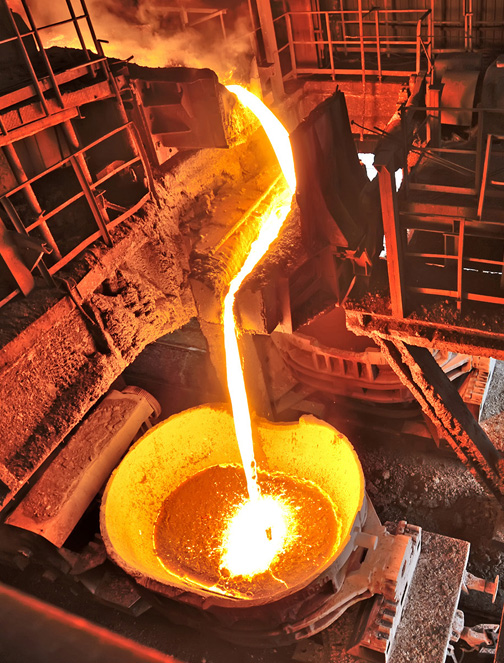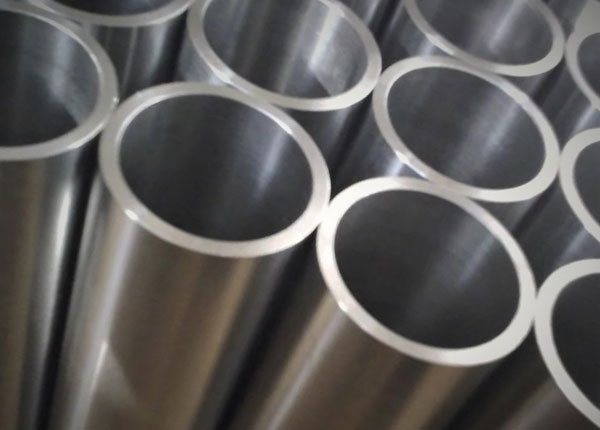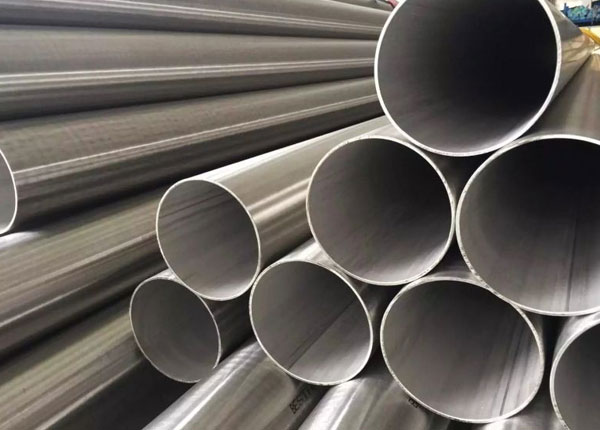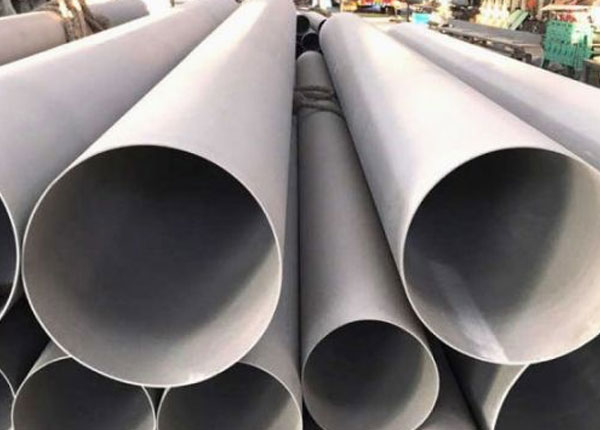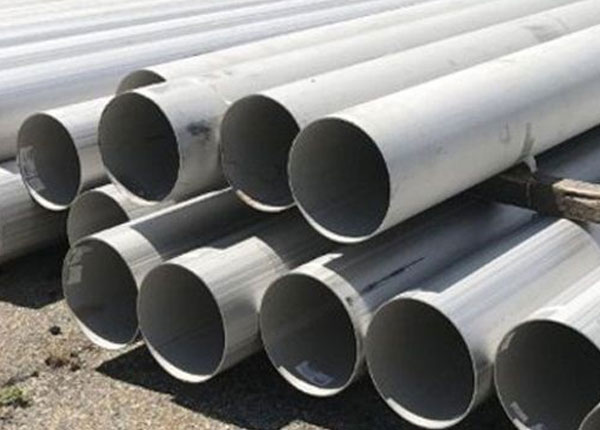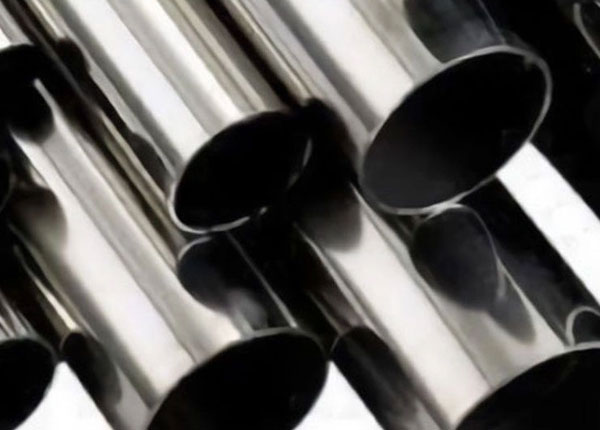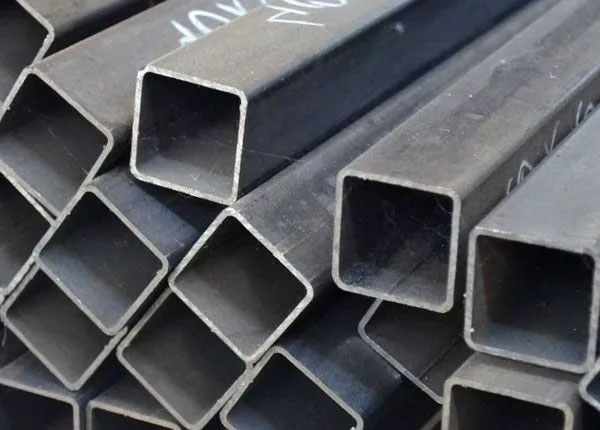
This product attains immoderate strength and ductility thru manner of manner of cold working. xHastelloy Alloy UNS N10276 Instrumentation Tubes offers immoderate temperature resistant grade and moreover immoderate resistance to general corrosion, pitting and pressure corrosion cracking. This product offers suitable resistance in applications concerning out of doors exposure to mildly corrosive conditions at ambient temperatures. This composition on this product, however, barely compromises its corrosion resistance. This product hardens at immoderate rate, developing a totally immoderate strength from cold rolling and from roll forming. The resulting hardening in this product will, however, produce will growth in strength and durability which may be of value within the finished product. The work hardening rates of these this product are very immoderate, within the style of growth in step by means of bargain in region of cold work. Due to its immoderate work-hardening rate, intermediate annealing of this Hastelloy Alloy WNR 2.4819 Rectangular Pipes may be important for excessive drawing and forming operations. This product is a usually available austenitic alloy in company of having a suitable corrosion resistance and increased carbon to allow for cold working to an entire lot of tempers. This product is an austenitic alloy capable of attaining immoderate strengths and ductility thru manner of manner of cold working.
This product is used for Blender blades, Small equipment components, Medical applications, Springs, Fasteners, etc. This product is a low carbon excessive alloy austenitic steel, to be used in applications that require mild to excessive corrosion resistance. Nickel Alloy C276 High Pressure Tubes turns into strongly magnetic when cold-rolled, and so the chromium content material offers this product its lustre and durability. This product is good for custom flat springs and custom sheet steel stampings that require resistance to corrosion and extended temperatures. This product gives appropriate oxidation resistance in intermittent provider to 840 Degree C and in non-stop provider to 900 Degree C, even though now no longer commonly selected for this environment.

